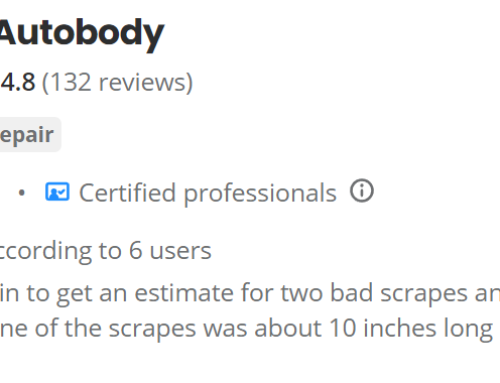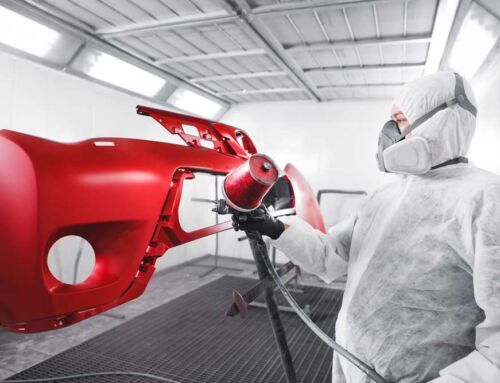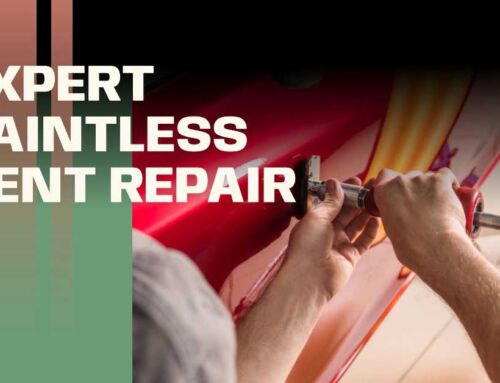The windows in your vehicle are an often overlooked aspect of your vehicle’s overall safety design. We are usually just thankful they keep bugs out and air conditioning in, but they are actually very important for other reasons as well. In most vehicles, the windows are made from two distinct types of glass, laminated and tempered, each designed with a specific safety feature in mind, and it’s important to know the difference between the two.
Laminated Safety Glass
Unless your vehicle predates 1966, your windshield is made from laminated safety glass which can withstand impact at a rate of over three times that of un-laminated glass. Comprised of an interlayer bonded with two outer layers, this glass is designed to withstand impacts from rocks and to protect passengers from being ejected through the windshield during a collision. Also, it’s composition causes the window to crack upon impact rather than shatter into pieces. It is engineered, in the event of your vehicle rolling over, to hold fixed the rigidity of the roof, which allows the side airbags to successfully deploy. Another benefit of laminated safety glass is that it enhances visibility and is capable of filtering out up to 99 percent of harmful UV rays.
Tempered Safety Glass
Created by a process of heating and then cooling glass, tempered glass is found on the side and rear windows of vehicles. Tempered glass is extremely strong, and impact causes tempered glass to break into small, pebble-like pieces and helps to protect passengers from sustaining cuts to their body. Unlike laminated safety glass, tempered glass does not filter out UV rays so you may want to check with your auto body shop to have laminated UV protection applied to rear and side windows.
Replacing Windows in Your Vehicle
Unfortunately, in the event of a collision, you may find that one or more of your vehicle’s windows need to be replaced. As with other auto body needs, it is imperative that you utilize the services of a shop with a reputation for the utmost in professionalism and reliability.




